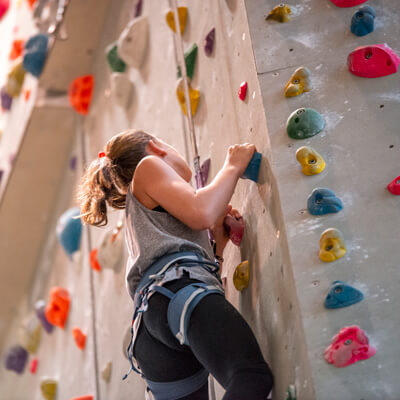Gross and Fine Motor Functions at Inline Health Chiropractic
Physiotherapists address gross and fine motor function through tailored interventions that enhance movement patterns, strength, coordination, and control. Their approach varies based on the individual’s age, condition, and specific needs. Here’s how they address each type:
Gross Motor Function
 Gross motor skills involve large muscle groups responsible for movements like walking, jumping, and climbing. Physiotherapists work to improve these skills by focusing on strength, balance, coordination, and mobility.
Gross motor skills involve large muscle groups responsible for movements like walking, jumping, and climbing. Physiotherapists work to improve these skills by focusing on strength, balance, coordination, and mobility.
Techniques and Approaches:
- Strengthening Exercises: Using resistance training or body weight exercises to target major muscle groups.
- Balance and Stability Training: Exercises like standing on one leg, using balance boards, or functional tasks to improve equilibrium.
- Mobility Drills: Activities such as crawling, walking, running, or jumping to enhance movement fluidity.
- Gait Training: Using tools like parallel bars, treadmills, or assistive devices to improve walking patterns.
- Postural Training: Focusing on alignment and core stability during standing and movement.
- Task-Specific Training: Repeated practice of daily activities (e.g., climbing stairs, standing from a seated position).
- Neurodevelopmental Therapy (NDT): A hands-on approach, often used for individuals with neurological impairments (e.g., cerebral palsy), to promote efficient motor patterns.
Fine Motor Function
 Fine motor skills involve smaller muscle groups used for precision tasks like writing, buttoning, or picking up small objects. These are typically addressed in collaboration with occupational therapists, but physiotherapists also play a role.
Fine motor skills involve smaller muscle groups used for precision tasks like writing, buttoning, or picking up small objects. These are typically addressed in collaboration with occupational therapists, but physiotherapists also play a role.
Techniques and Approaches:
- Hand-Eye Coordination Activities: Using balls, puzzles, or pegboards to improve precision and coordination.
- Grip Strengthening: Using stress balls, therapy putty, or grip trainers to build hand and finger strength.
- Dexterity Exercises: Tasks like threading beads, manipulating small objects, or playing finger-based games.
- Joint Mobilization and Stretching: Improving the range of motion in fingers, wrists, and hands.
- Sensorimotor Training: Using textured objects or activities to enhance sensory feedback and motor response.
- Functional Task Practice: Practicing real-life activities like writing, tying shoelaces, or using utensils.
Multidisciplinary Collaboration
In addressing fine and gross motor skills, physiotherapists often work alongside:
- Occupational Therapists: To enhance fine motor skills and functional independence.
- Speech-Language Pathologists: For tasks requiring oral-motor coordination.
- Special Educators: For integrating motor skill improvement into learning environments.
Therapeutic Tools and Modalities
- Assistive Devices: Braces, walkers, or adaptive equipment to facilitate movement.
- Technology: Apps, biofeedback devices, and robotics for motor training.
- Play-Based Therapy: Especially for children, to integrate skill development in a fun and engaging manner.
REGISTER YOUR NDIS CLIENTS WITH US.
Book online or email us using the contact us page.
CONTACT US

